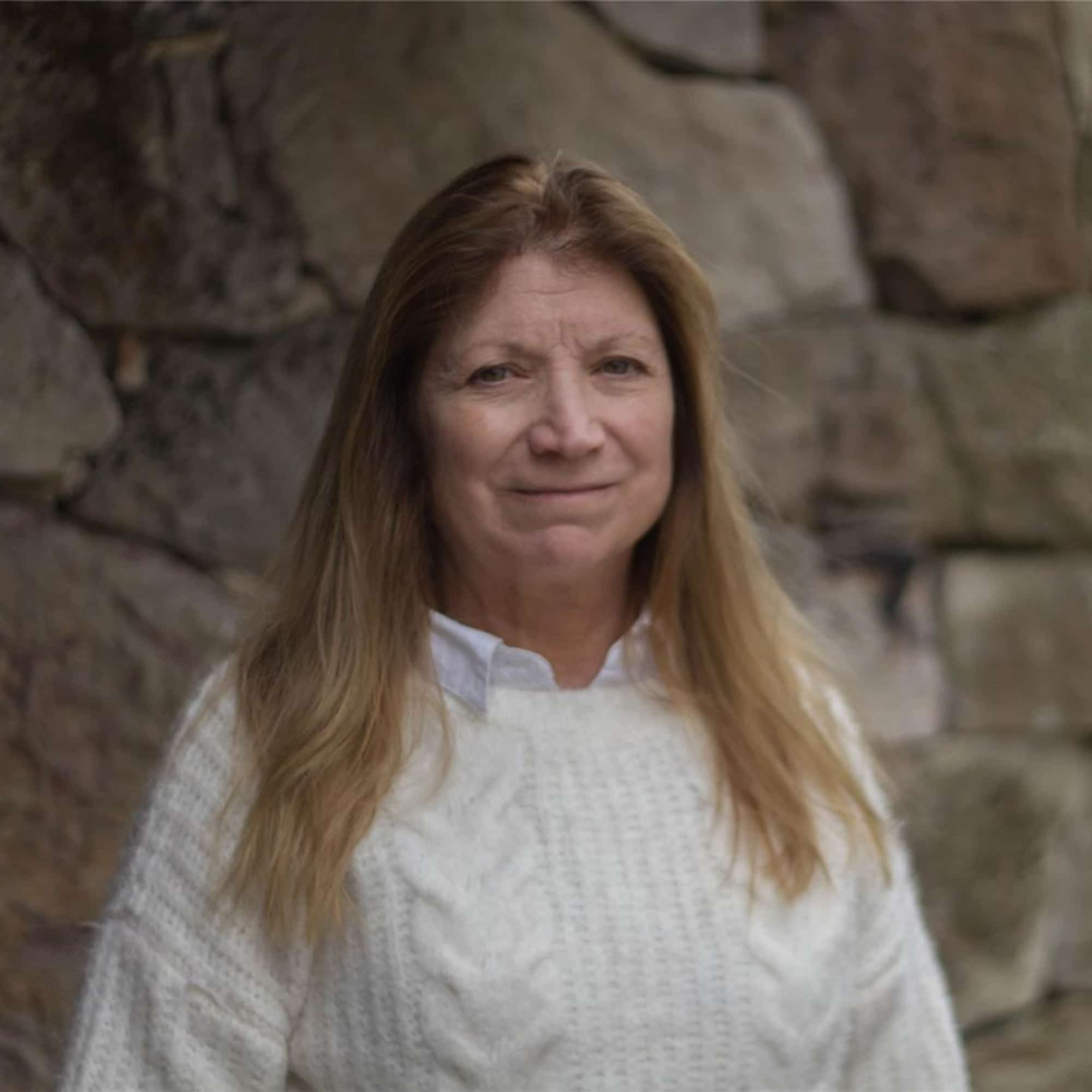
Laurie J. Goodrich, Ph.D. is Sarkis Acopian Director of Conservation Science at the Acopian Center for Conservation Learning, Hawk Mountain, PA. She supervises Hawk Mountain’s conservation science program, assists with long-term monitoring programs, and implements scientific research such as Hawk Mountain’s Broad-winged Hawk migration studies. Laurie received her Ph.D. in Ecology from Penn State University in 2010 on the stopover behavior and ecology of autumn-migrating raptors and an M.S. in Ecology from Rutgers University in 1982 on Least Tern nesting biology. In 2018 Laurie received the inaugural Jerry Ligouri Conservation and Education Award for significant contributions to the hawk watching and raptor research community.
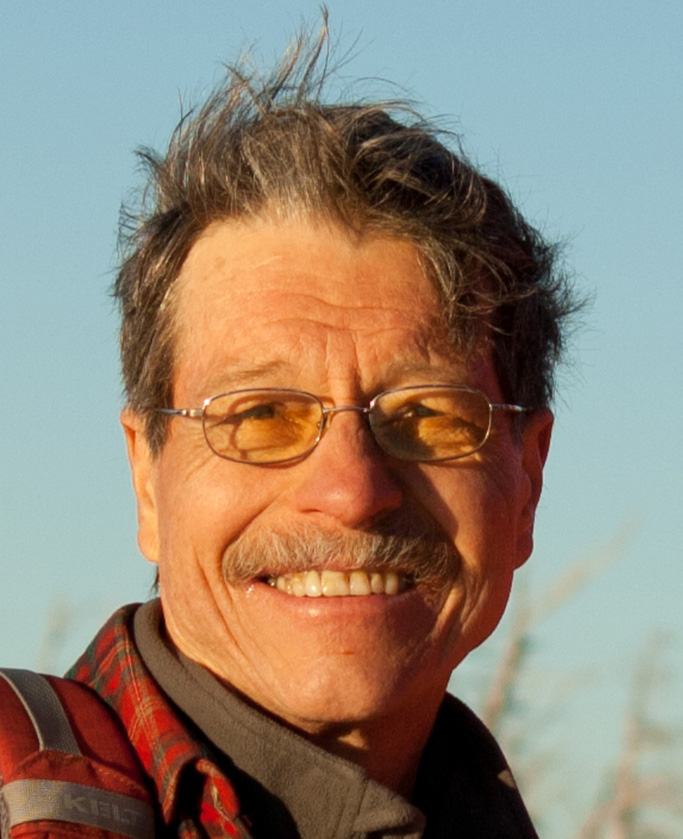
Steve has served as a member of HMANA’s BOD for most of the past 35 years (1988-Present). His emphasis has been on organizational development, planning, science advisor, and fundraising and he believes strongly that HMANA has a critically important role to play in raptor-focused, continentwide monitoring, conservation and public education. In 2017, after 10 years as Executive Director of Montana Audubon, Steve Hoffman retired to start his own birding tour company, Merlin Birding & Nature Tours, LLC. As founder of HawkWatch International (in 1986), and one of the co-founders and science advisors of the Veracruz River of Raptors Project (VRR), Steve offers a unique scientific and historical perspective about this project’s 25-year effort to monitor and protect this globally significant raptor flyway. Steve has been leading group birding tours to central and southern Veracruz since 1994 (and never tires of watching the migration!). Over the past 15 years Steve has also led or co-led many National Audubon Society and Montana Audubon birding tours to Belize, Costa Rica, Mexico’s Copper Canyon, Oaxaca & Baja California regions, and throughout Montana. Steve grew up in suburban Philadelphia and received his master’s degree in Wildlife Ecology from Utah State University in 1979. He resides in Bozeman, MT.
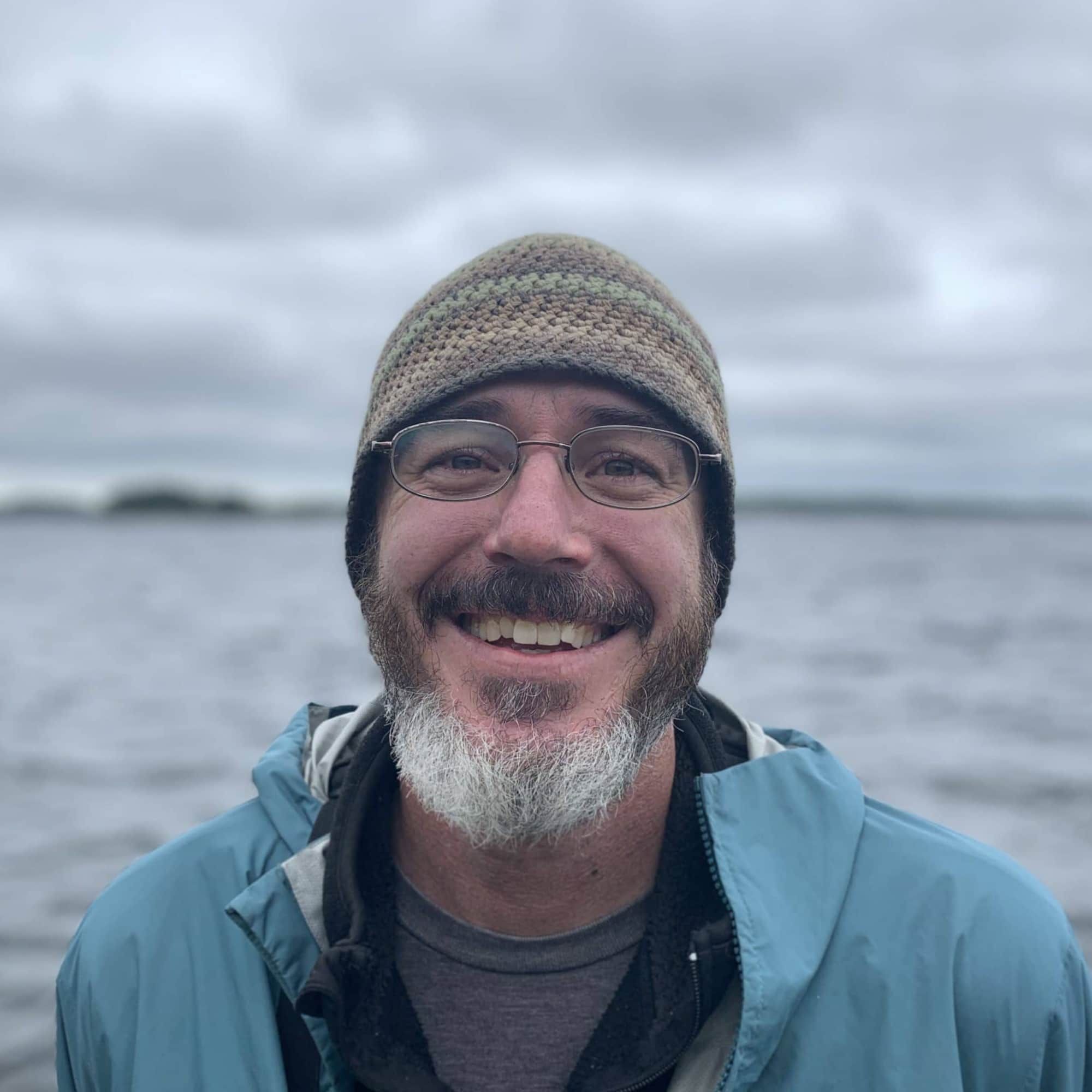
Rob Spaul has worked in avian conservation and ecology research for nearly 20 years. He studied Wildlife Biology at the University of Vermont and completed an M.Sc. in Raptor Biology at Boise State University. While at BSU, he researched the effects of recreation disturbance on Golden Eagle reproduction and behavior and investigated alternative management scenarios. Rob has conducted ornithological field research for many organizations across North America, studying the effect of human activities on avian distribution, reproduction, and winter habitat ecology of species of conservation concern. He has co-authored peer-reviewed journal articles and white papers and given conference presentations, contributing to collaborative academic, private, government, NGO, and community conservation planning for avian species at risk. Rob also has a passion for raptor migration monitoring, banding, and outreach, having worked with birds of prey in Utah, Wyoming, Washington, Idaho, Sweden, the Yukon Territory, and Ontario, where he served on the Executive Committee of the Niagara Peninsula Hawkwatch, conducting seasonal reporting and statistics. In 2021 Rob founded the GREAT Great Lakes Hawkwatch, a collaborative community science hawk watch effort with seven non-profits. He established hawk watch sites to improve the knowledge of raptor migration routes and broaden the diversity of community scientists participating in raptor migration monitoring. Rob recently moved to Laramie, Wyoming, working as a Wildlife Biologist and Project Manager at HWA Wildlife. He is an avid birder, community scientist, and outdoor enthusiast in his spare time.
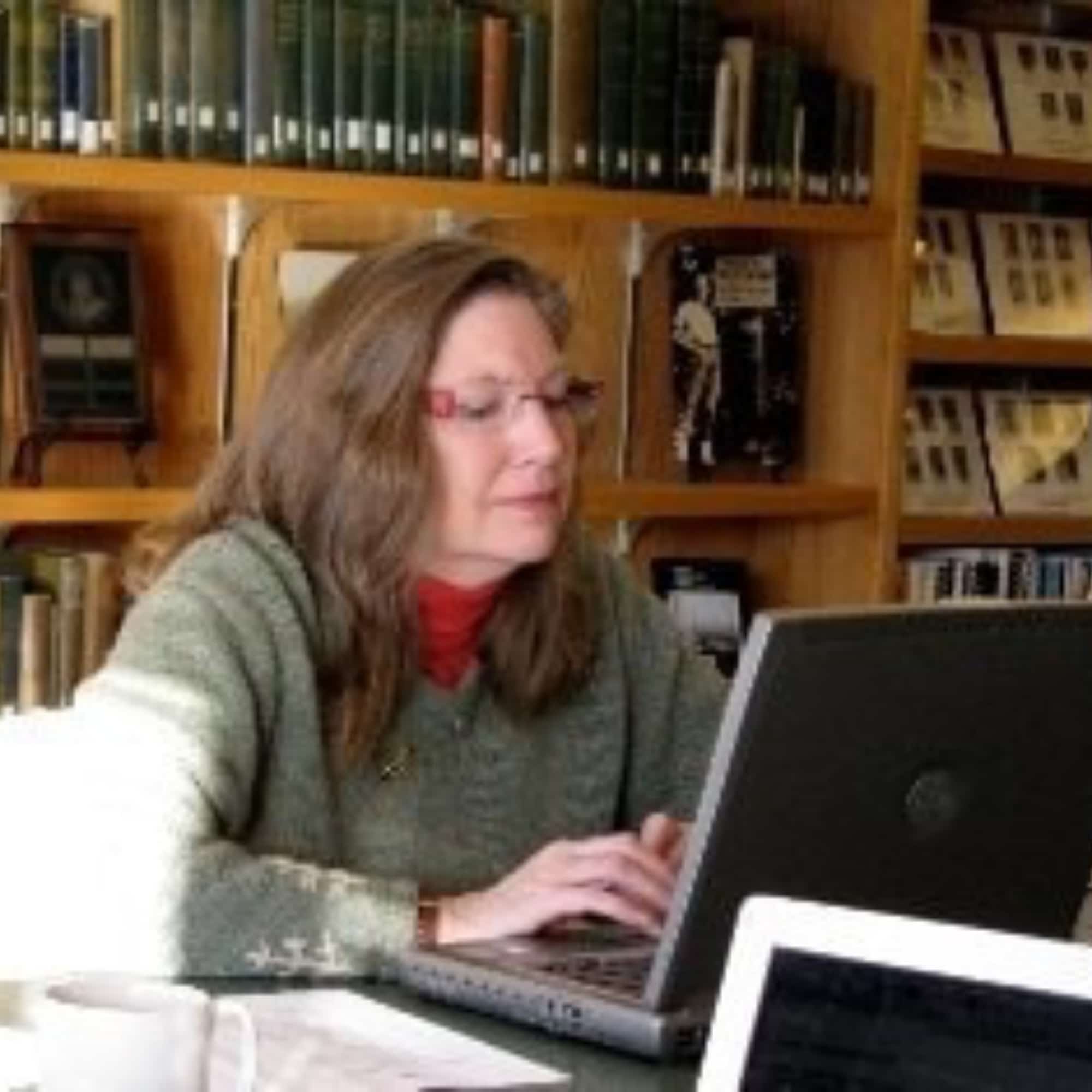
Carolyn Hoffman is an author, editor, and outdoor writer who lives in Roundtop Mountain in Pennsylvania. She has been chairman of HMANA for five years and editor of Hawk Migration Studies journal for many years. Carolyn learned to hawk watch at Hawk Mountain Sanctuary but now calls Waggoner’s Gap her home hawk watch. Carolyn started hawk-watching in the years shortly after DDT was banned, and because she wanted to see an eagle, she had to go hawk-watching many times before seeing her first bald eagle. By the time that first eagle passed North Lookout while she was there, she was hooked. Carolyn is also an avid hiker and was the first person to backpack the route of what was then the proposed route of the North Country Trail in 1978.
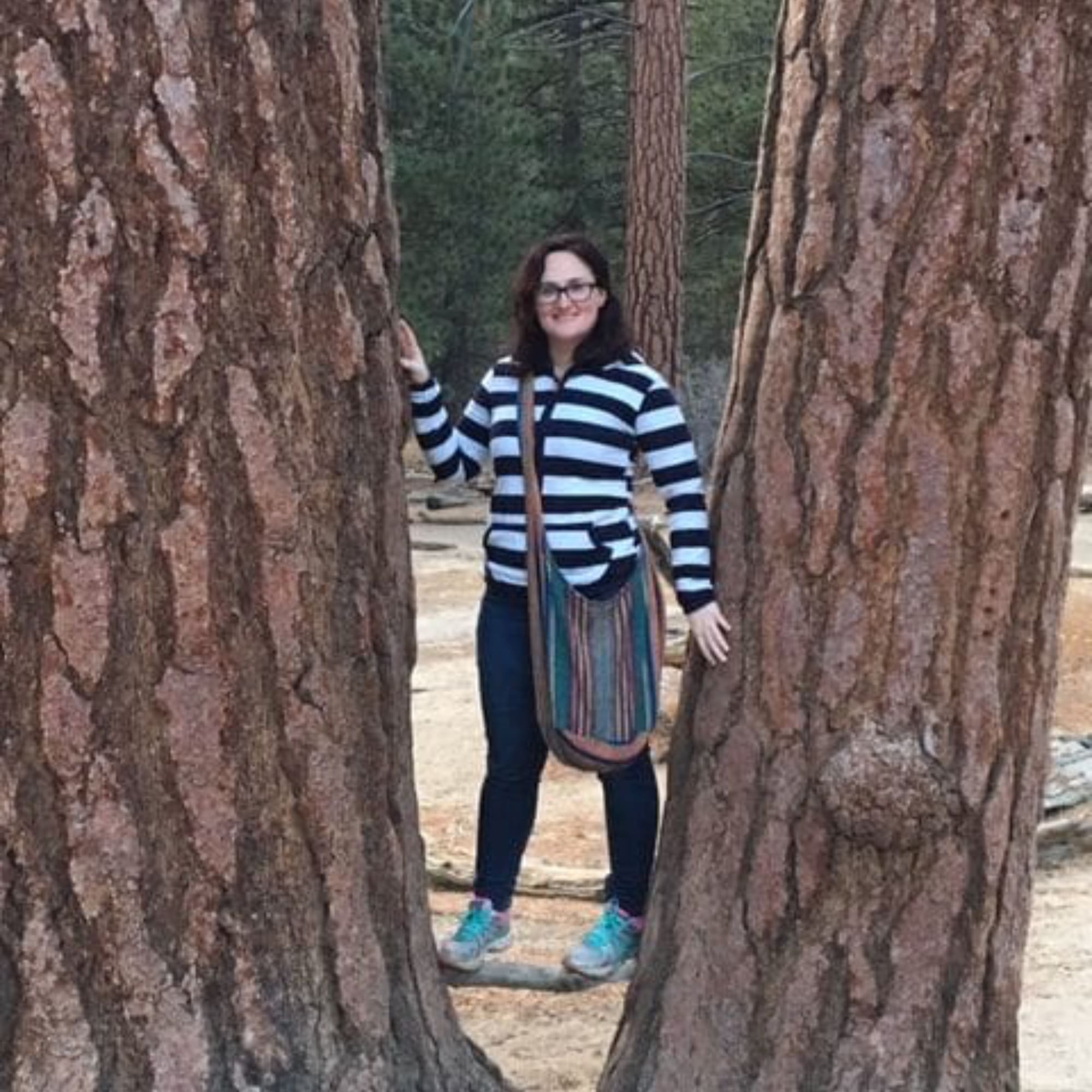
Amy Wright is a licensed and practicing CPA in the State of Michigan. In addition to HMANA, Amy volunteers with the Detroit Zoo Adopt-a-garden and the March of Dimes. Amy is new to the hawk-watching community but is jumping in with both feet and enjoying the leap! She has two daughters and three cats and is an avid gardener, camper, and crafter.
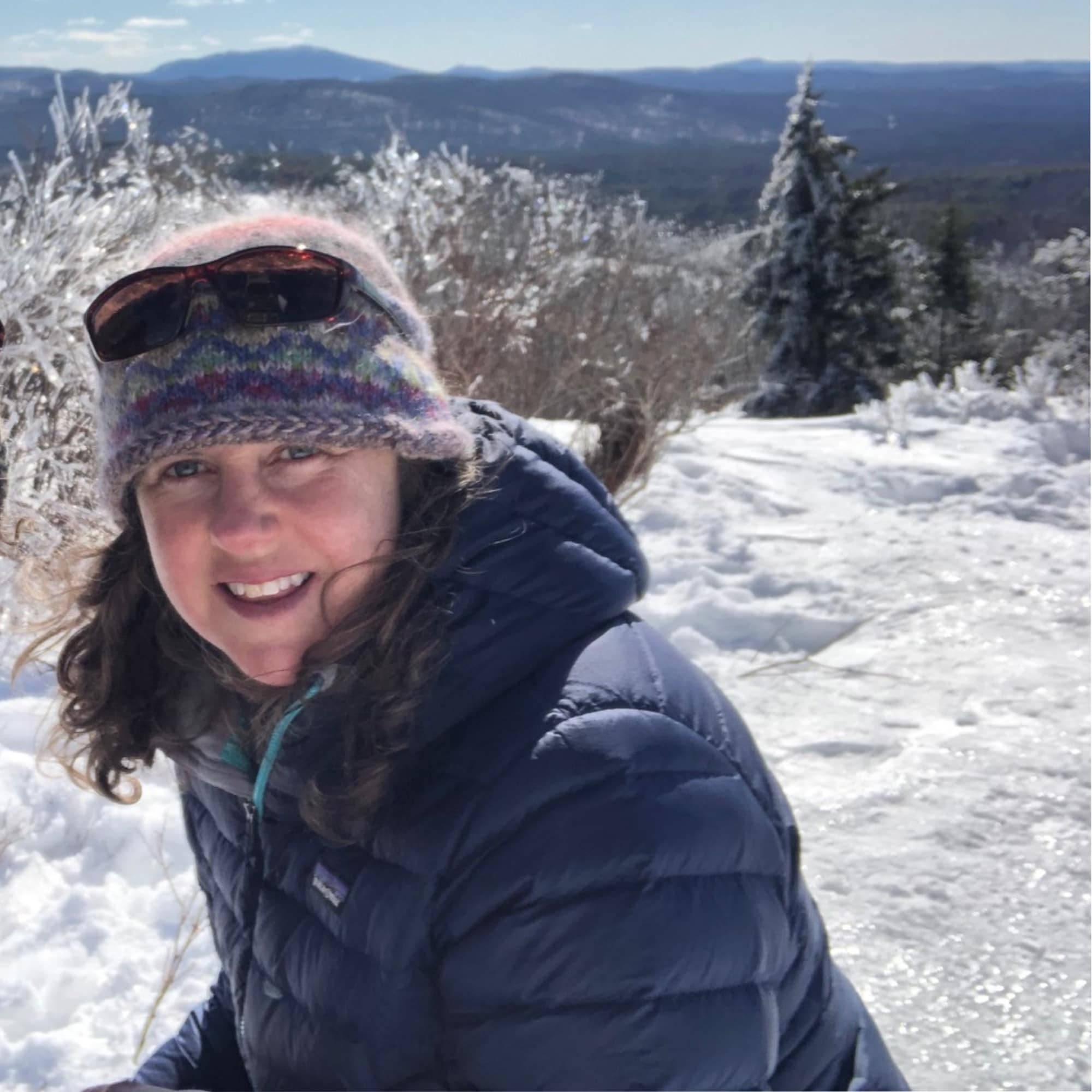
Julie Brown has been with HMANA since 2009 and is the Raptor Migration and Programs Director. She studied Wildlife Ecology at the University of Maine and received her master’s degree in Conservation Biology from Antioch New England Graduate School in NH. Before working with HMANA, Julie migrated around the country and tropics, working as a field biologist mainly focused on behavioral studies and contamination research with raptors, non-raptors, and mammals. Julie’s first hawk-watching job was counting hawks along the Mississippi River at the Eagle Valley Nature Preserve in WI in 2000, and she’s been in love with migration ever since. Since then, her passion for raptor migration has led her to work at the hawk watch in Cape May, NJ, various New England sites, Kekoldi, Costa Rica, and her now local site, Pack Monadnock. Julie lives in Hancock, NH, with her husband Phil (whom she met hawk watching) and her two bird-loving children, a flock of chickens, and lots of fruit trees. She enjoys all things outdoors and spending time with her kids in nature. She is also a storyteller, synchronized swimmer, and obsessive knitter.

Kat Lauer is an avid birder and ecologist. She studied Biology at Clarkson University in 2015 before completing her Master of Science in Conservation Biology at Antioch University in 2020, where she researched the abundance and distribution of Spotted Turtles in Massachusetts. Kat has had many field jobs involving avian ecology, including working with Spruce Grouse in the Adirondack State Park and doing Winter Raptor Surveys in Albany, New York. She fell in love with raptor migration when her partner worked as a Hawk Counter at Pack Monadnock in New Hampshire. Originally from a small town in New Zealand, Kat now lives in Vermont with her partner and daughter. In her spare time, she enjoys hiking and creating things with clay.
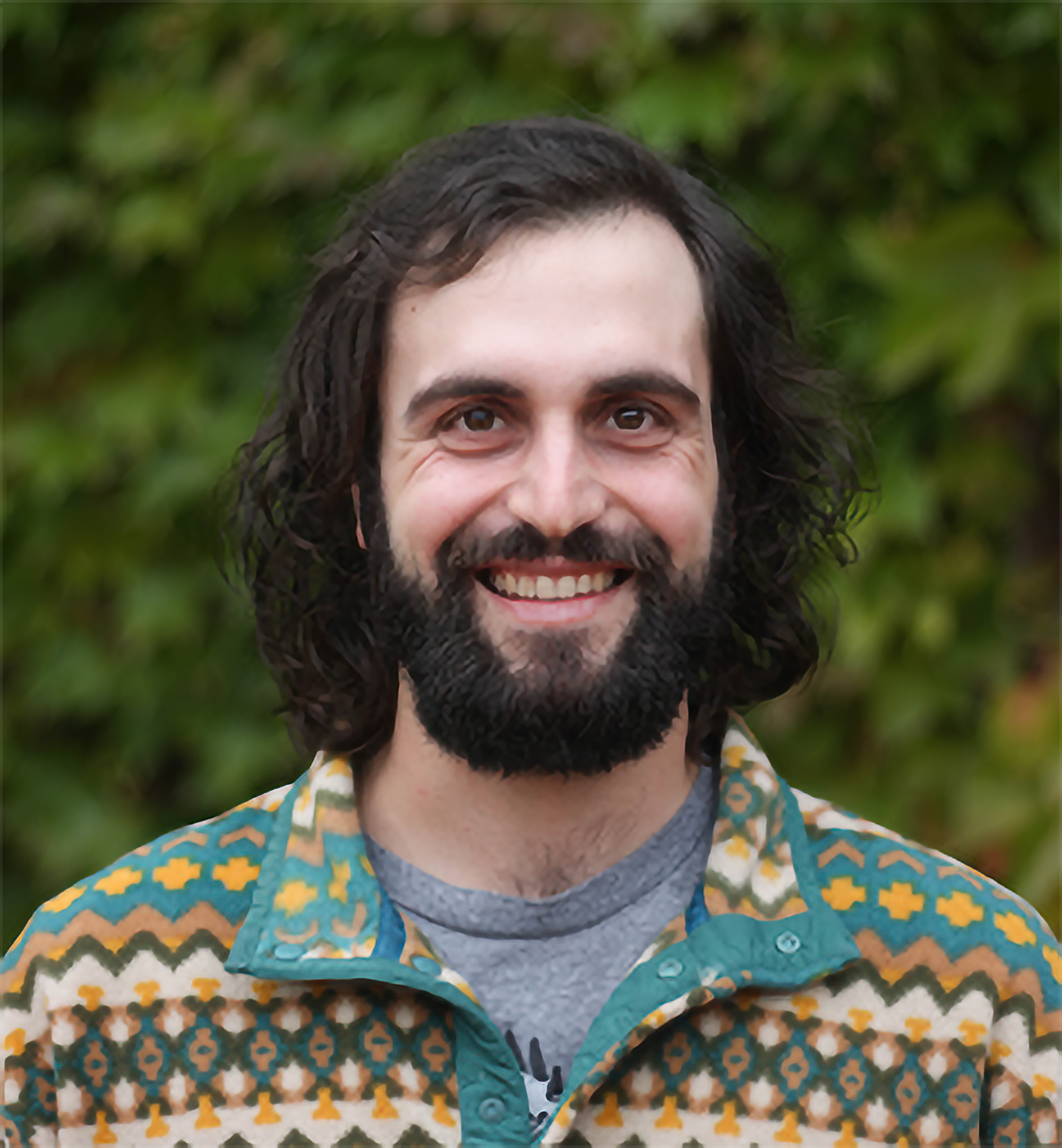
Nick is originally from Ontario, Canada. He obtained his BS in 2016 from Bishops’ University in Quebec, Canada.Over the past 6 years Nick has worked throughout the United States and Canada on various avian projects relating to movement ecology and banding. Some of these projects include banding migratory owls in Northern Michigan, Eastern Whip-poor-will GPS and VHF tagging in Illinois, passerine and owl banding in the boreal forest of Northern Ontario and diurnal raptor trapping and banding in Idaho and Michigan. Nick is a member of Dr. Jennifer Owens’s lab and his research focuses on the movement ecology of Red-tailed Hawks migrating through the Straits region of Michigan. This project is a collaboration between Michigan State University, Mackinac Straits Raptor Watch and The Red-tailed Hawk project. When he’s not calling out every Red-tail he sees on the roadside he enjoys birding, hiking, cross country skiing, and being decent at cooking.
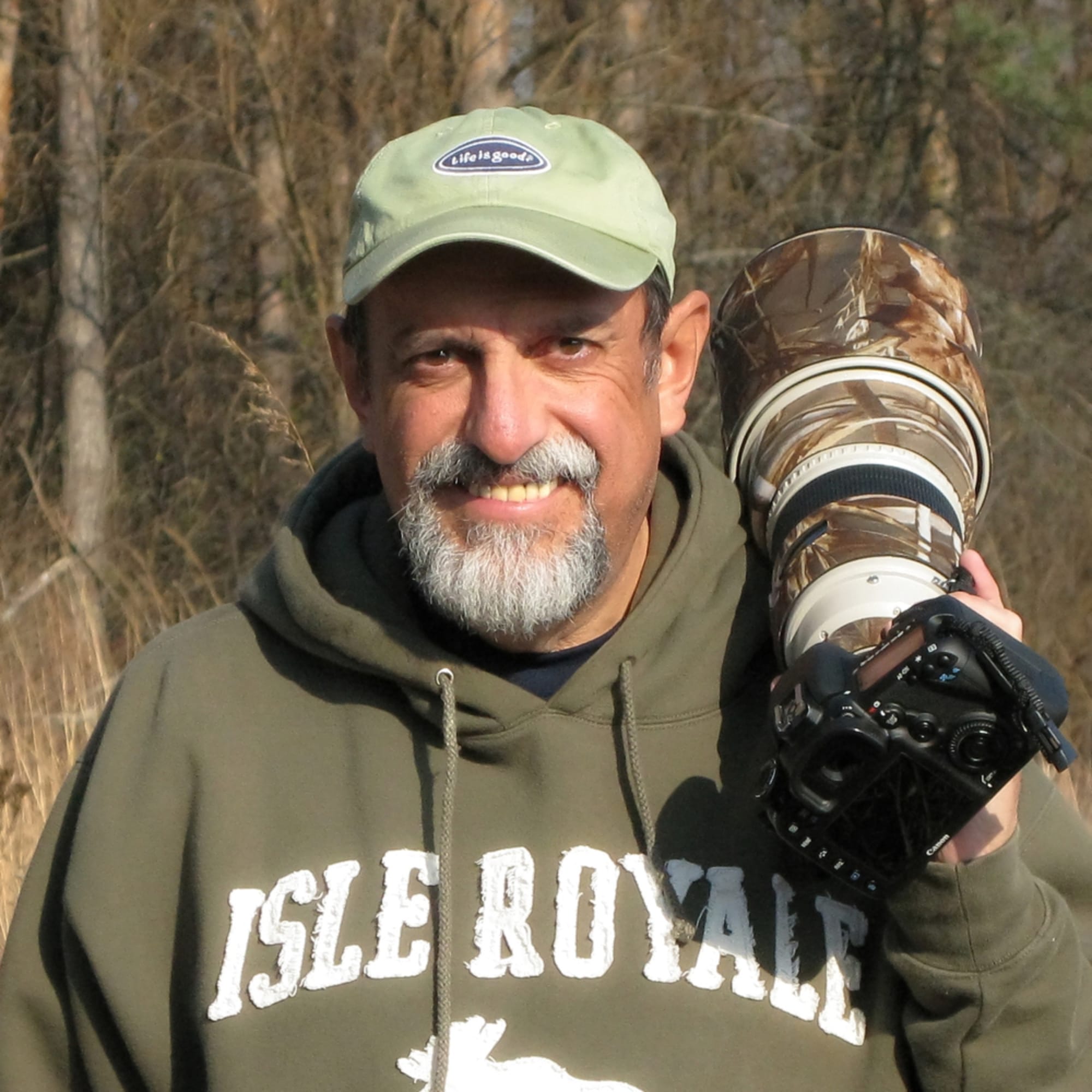
Vic Berardi is the founder of the all-volunteer Illinois Beach State Park Hawk Watch, which has conducted eighteen seasons of full-time hawk migration monitoring since 2000. In 2013 he co-founded a new site at the Fort Sheridan Forest Preserve, also on the shore of Lake Michigan, in Highland Park, IL. This site contributes data to the study of raptors migrating along the western coast of Lake Michigan and through urban areas. Vic served as the Central Flyway Editor for Hawk Migration Studies for several years. In 2014 he was the recipient of HMANA’s Appreciation Award for his outstanding service furthering hawk migration studies and conservation. In 2009 he was awarded the Service to Chicago Area Birders by the Chicago Audubon Society. In 2007 he was awarded the Grassroots Conservation Leadership Award for raptor education and research. Vic is also an accomplished photographer and regularly donates his photos in raptor conservation efforts. Many of his photographs have been on the covers of Hawk Migration Studies. He has also contributed to books by well-known raptor experts, including Brian Wheeler, Jerry Liguori, and Brian Sullivan. Vic is a retired small business owner and sales manager for a leading manufacturing company and has considerable experience in marketing and web design.
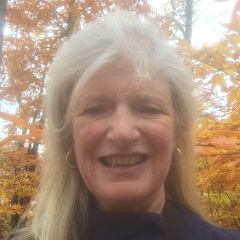
Christina Clayton is a retired lawyer whose career included serving as General Counsel of Xerox Corporation. She has devoted her retirement to non-profit work in the conservation arena. She grew up and lived most of her life in New England and New York, and was first introduced to hawkwatching by her mother, a monitor at the the Mount Wachusett hawkwatch. She was hooked when, in the early days following the ban of DDT, she witnessed a Peregrine Falcon rounding the bluffs on Block Island, Rhode Island. Forever afterwards, she was a regular visitor to Cape May, N.J. and Hawk Mountain, PA to witness the fall raptor migrations. She has recently relocated to Colorado. Christina served on the boards of Hawk Mountain Sanctuary for seven years (three of them as Secretary), and of Connecticut Audubon Society for six years (two as Secretary).

Jess grew up in New Hampshire and began hawkwatching over a decade ago in the foothills of the White Mountains as an intern with New Hampshire Audubon at their Carter Hill Raptor Observatory. He has spent over ten years working as the official counter at a number of premier North American count sites within the HMANA network, including Hawk Ridge, Veracruz River of Raptors, Whitefish Point, Bridger Mountains, and MPG Ranch. He recently completed a Masters of Science at the University of Saskatchewan, where his research studied migratory connectivity in Arctic-breeding shorebirds between major migratory staging sites in the Canadian prairies and wintering sites throughout Latin America. Jess is currently chair of the HMANA marketing committee and feels that effective outreach and education is a critical component in bridging HMANA’s important conservation science with the public. His interests include wildlife photography (especially birds-in-flight), DIY projects, homebrewing, camping, birding, and live music. One of his favorite parts of hawkwatching is the sense of community that is often fostered around count sites, while enjoying the spectacle of bird migration together.
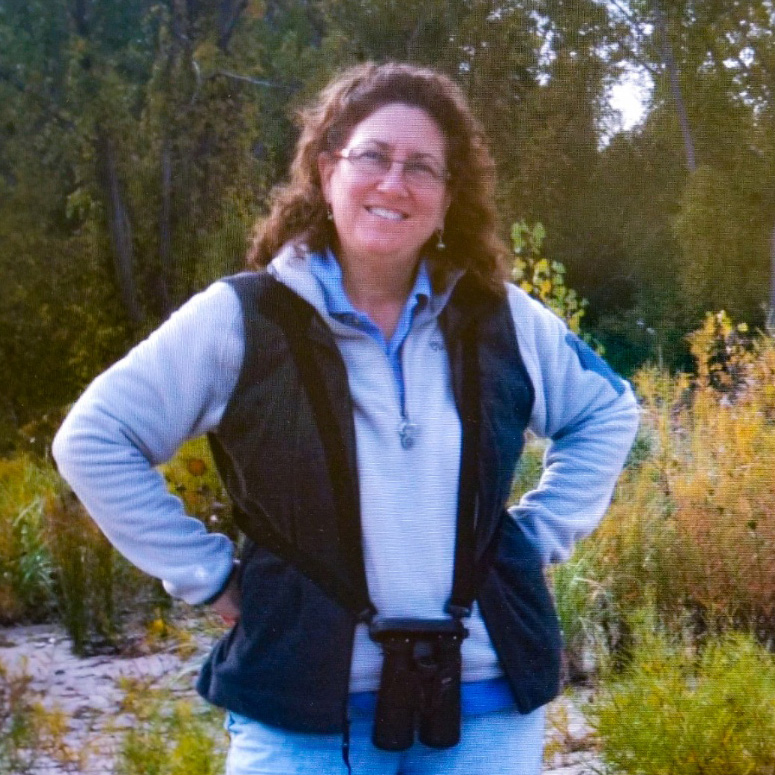
Living on the southern shore of Lake Erie has afforded Julie many opportunities to enjoy the world of bird migration. Decades ago she joined the fun crew at Ripley Hawk Watch in NY and quickly became a weekend watcher. Now retired, her home watch is the Presque Isle Hawk Watch in Erie PA. Julie has a MS degree in Speech Pathology and enjoyed a 40-year career as a Speech-Language Pathologist. Being a Purple Martin landlord, entertaining and gardening are active hobbies. She lives with her husband, Frank, and their dog, Ebony.
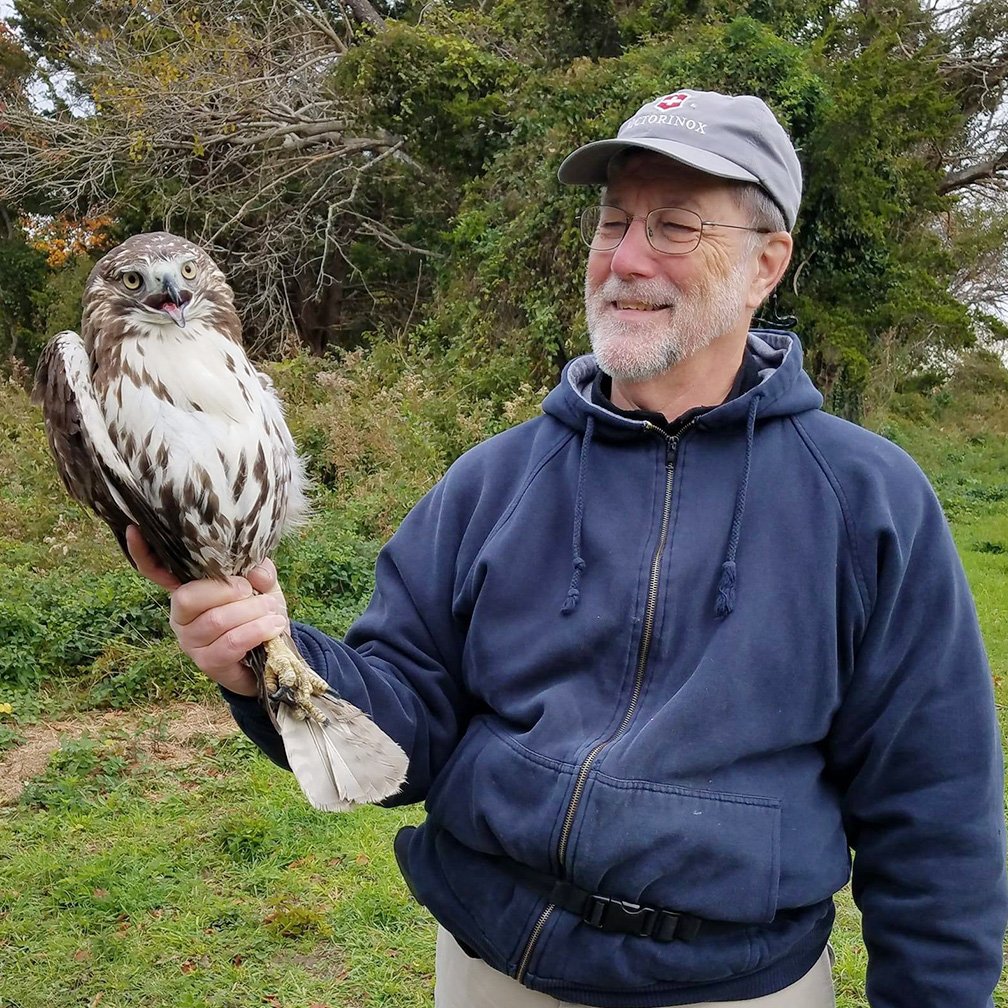
I began birdwatching in 1985, watching birds in my backyard in northern Virginia. Shortly after that, in the 1980s I went on a raptor watching field trip sponsored by our local Fairfax County Park Authority. That was all I needed. I learned from two of the trip leaders that there was someplace called Cape May where people captured and banded raptors. I started helping them in 1988, earned a sub-permit to band raptors in 1992 and have been banding ever since. When William (Bill) Clark retired from the Cape May Raptor Banding Project in the early 2000s he selected a group of us to run the Project and I became President. The Project has now banded over 150,000 raptors during fall migrations and contributed to numerous science projects such as tracking, presence of diseases and toxins and DNA analysis of migrating raptors. We continue to contribute to several multi-year science projects. Each fall, we also sponsor an aspiring young wildlife technician to work with us and learn raptor identification, trapping, banding and public speaking skills. These field technicians have gone on to earn graduate degrees, manage National Wildlife Refuges, and make their mark in wildlife biology. They are our alumni and legacy.
In retirement, I have indulged my passion by traveling to see, photograph and learn about raptors in far-off locations: all across the United States, several countries in Africa, India, Panama, Costa Rica, Australia, Brazil and the list continues. I post my photos on Facebook for others to enjoy.
And those two trip leaders I learned from back in the late 1980s? They both still band hawks at Cape May and remain valued friends.

Paul M. Roberts of Medford, MA. has been an active hawk watcher longer than the life of the oldest known wild Bald Eagle. His fascination with hawks began when he encountered them with his wife Julie while mountain hiking in New England. Paul first heard about HMANA from someone counting hawks on Pack Monadnock Mountain in Fall 1974, who described the recent creation of an international organization of people who stood on mountaintops to count migrating hawks. Incredible! Attending a talk by Don Hopkins, one of the founders of the New England Hawk Watch (NEHW) and HMANA, put hawks’ awe, mystery, and significance into perspective. In 1976 Paul organized the Eastern Massachusetts Hawk Watch (EMHW), initially several dozen sites covered to determine where hawks might be seen migrating. Paul started coverage at Wachusett Mountain, Mt. Watatic, and Plum Island (Spring only), which have evolved into significant, long-term sites. In 1978 he saw and documented the most extensive flight of Broad-winged Hawks ever recorded in New England up until that time, changing his life forever. Attending an HMANA conference at Hawk Mountain in late 1978, he became Vice-Chair and then the Chair of HMANA, succeeding founder Michael Harwood. He later also succeeded Don Hopkins as President of the now NorthEast Hawk Watch. When he wasn’t hawk watching, Paul was in marketing and corporate communications for several international high-tech companies. In addition, he taught hawk migration and identification courses for Mass Audubon sanctuaries and bird clubs in his spare time. In 1995 he received HMANA’s Maurice Broun Award for “deep personal commitment and outstanding service to further hawk migration study and conservation.” Early in the 21st century, he returned to the HMANA Board as an Appointed Director, serving on the Communications, Fundraising, Conference, and Strategic Planning (Marketing) Committees, chairing the latter.
Peg Rooney, RN, PhD is currently the coordinator of the masters degree Nurse Educator program at Colorado State University-Pueblo. She serves as President of the Audubon Colorado Council, which comprises all ten Audubon chapters in the state. And, she is President of the Arkansas Valley Audubon Society which serves all of southern Colorado. Peg is also a member of the HMANA Education & Conservation Committee. She sits on the board of the Pueblo Raptor Center which is responsible for raptor rehabilitation. Although Colorado has only one hawk watch at Dinosaur Ridge near Denver, the plains and reservoirs of southern Colorado are home to golden and bald eagles, hawks of all kinds, including Ferruginous, falcons, harriers, kestrels, and kites. In addition to passion for all things raptor, Peg brings organizational skills and educational expertise to the HMANA board.
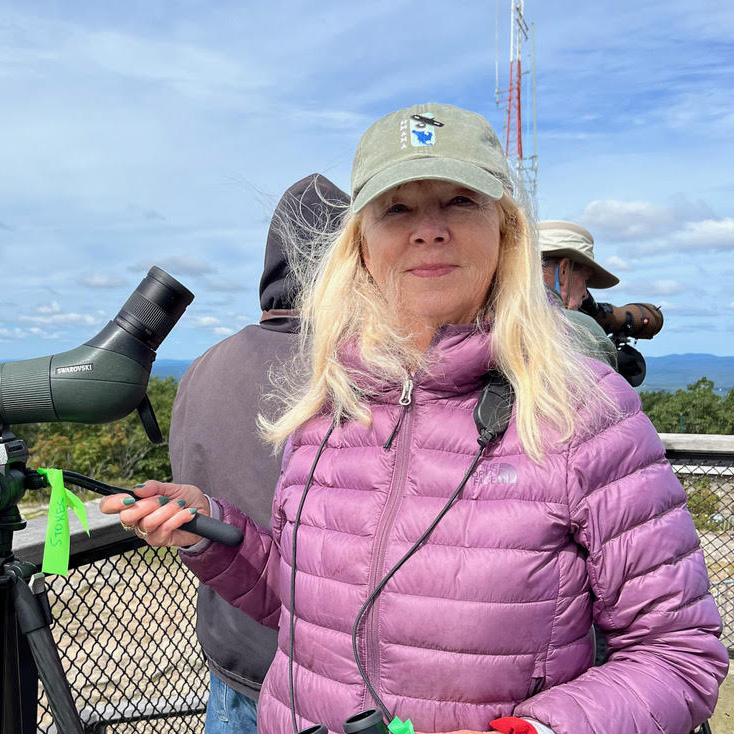
Lillian Stokes started hawkwatching over 40 years ago when she went to Wachusett Mountain with Paul Robert’s class and spotted a Bald Eagle. That moment changed her life from being a psychiatric social worker to an award-winning author and photographer of 35 Stokes Guides which have sold 6 million copies. Her latest book will be The Stokes Guide to Finches of the United States and Canada (with coauthor Matthew A. Young) to be published September 17, 2024. Other Stokes Guides include The Stokes Guide to Birds of North America, The New Stokes Guide to Birds Eastern and Western editions, Stokes Beginner’s Guides Series, Stokes Guides to Bird Behavior, and many more. Lillian was executive producer, producer, cohost, and videographer for two national PBS Birdwatching TV Series seen by 40 million viewers. For 35 years she has educated the birding public, giving keynote talks at birding organizations all across the country. Other achievements include; Federal Duck Stamp Judge 1998, Partners in Flight 2005 National Conservation Award, 20 years of licensed products in the bird feeding industry, and Lifetime Achievement Award Kappa Kappa Gamma. Member of Nuttall Ornithological Club since 1986.
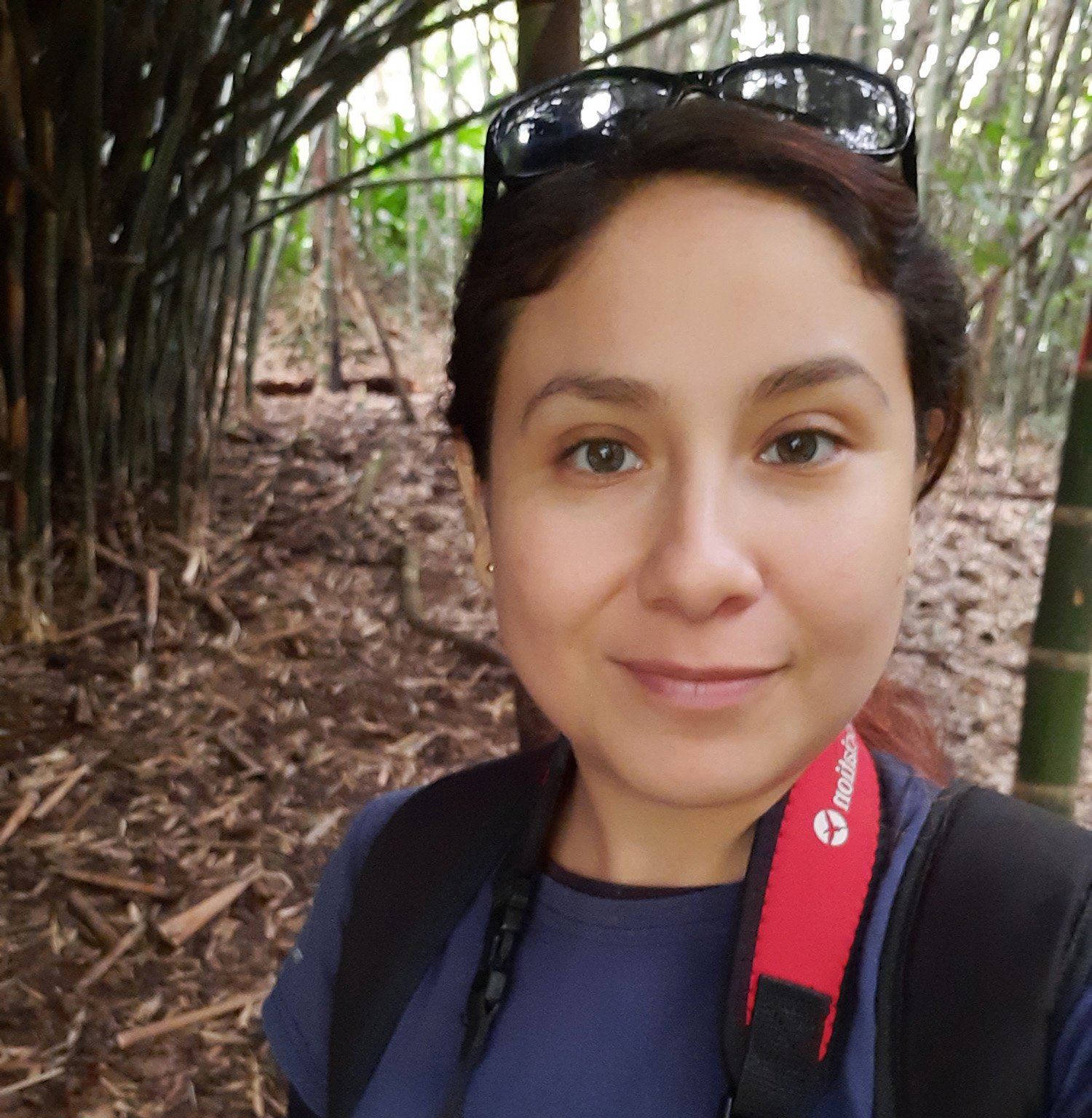
Esther Vallejo is a Colombian biologist and has been working with birds for ten years, with experience in wildlife management, conservation, consulting and environmental education. The first time Esther saw the migration was at the largest migration site in the world, Veracruz River of Raptors in Mexico. She never saw the sky again with the same eyes. She continued learning about raptors and migration as a conservation science trainee at Hawk Mountain Sanctuary. After completing her traineeship, she returned to Colombia and founded the NGO “TROPICOS Colombia”. The aim of this organization is to contribute to conservation initiatives and to support the creation of an official long-term raptor migration count site in central Colombia. She became the director of this initiative called “Conserving migrating raptors in Colombia”.
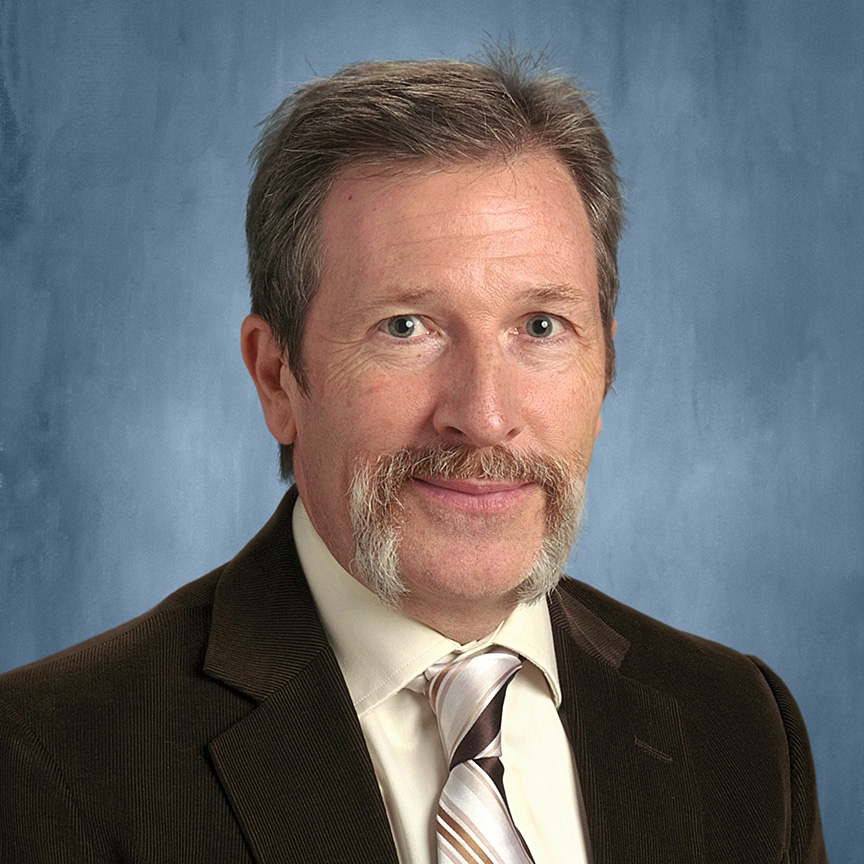
Brian M. Wargo fell into birding as a cathartic outlet while completing his Master’s degree in Physics at Indiana University of Pennsylvania. Later, while working on his Ph.D. in Science Education at the University of Pittsburgh, he visited the Allegheny Front Hawk Watch and became a hawkwatcher. Wargo first counted hawks at Cumberland Gap Hawk Watch in Maryland, but then transferred back to the Allegheny Front Hawk Watch where he is the Saturday counter and serves as the president of the Allegheny Plateau Audubon Society. Upon discovering Hawkcount.org, Wargo’s passions for hawkwatching and data analysis collided. He became the Eastern Flyway Editor for Hawk Migration Studies in 2016, a position he continues today. Wargo chairs three committees for HMANA, including the Data committee, the Education and Conservation committee, and the Strategic Plan committee. He authored, “Bird!”: An Exploration of Hawkwatching, which gives a bio-ethnographic overview of the hawkwatching community, including the culture of HMANA. Inspired by his kids, Meadow and Theo, Wargo also created the Junior Hawkwatcher Program, which is currently available to all hawk watches through HMANA. Wargo’s second book, Visiting Mother Nature: A Beginner’s Guide to Off-the-Grid RVing, documents how he was able to use an RV to view hawks in all 49 contiguous states.
Advisor, RPI Data Manager, HawkCount & RPI Webmaster
Login to your account